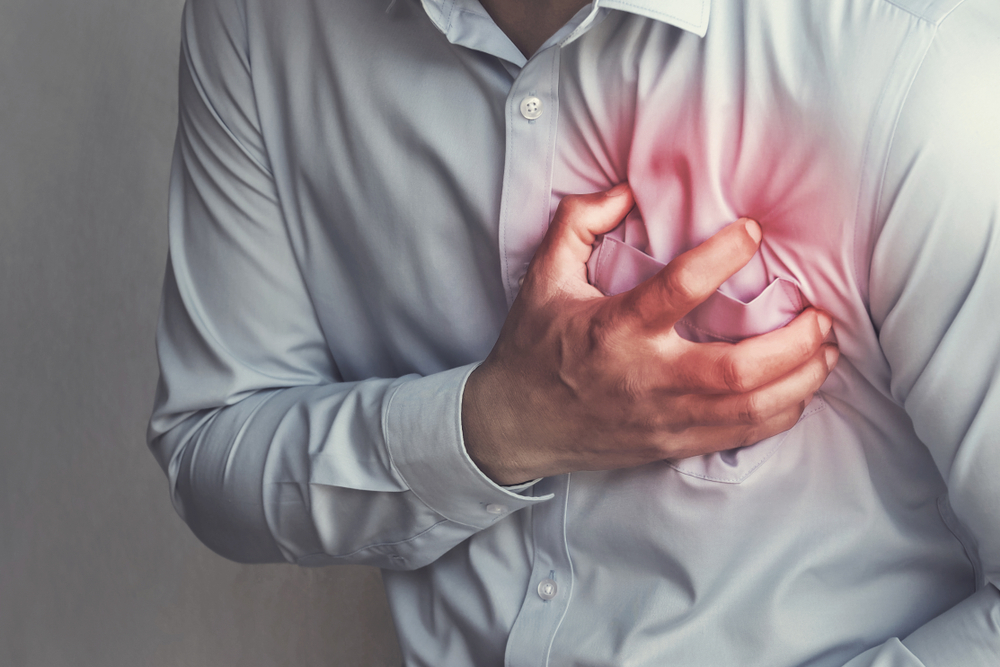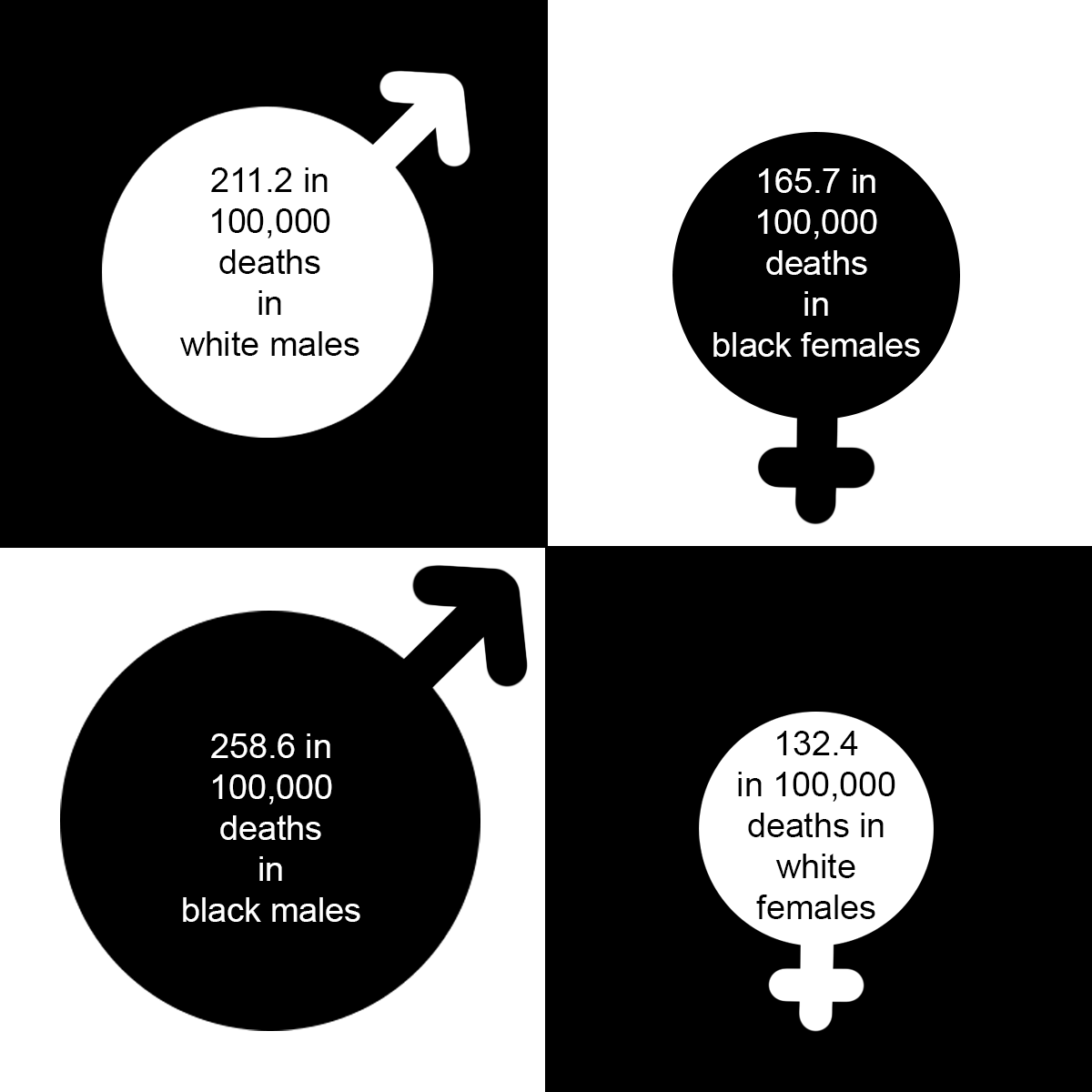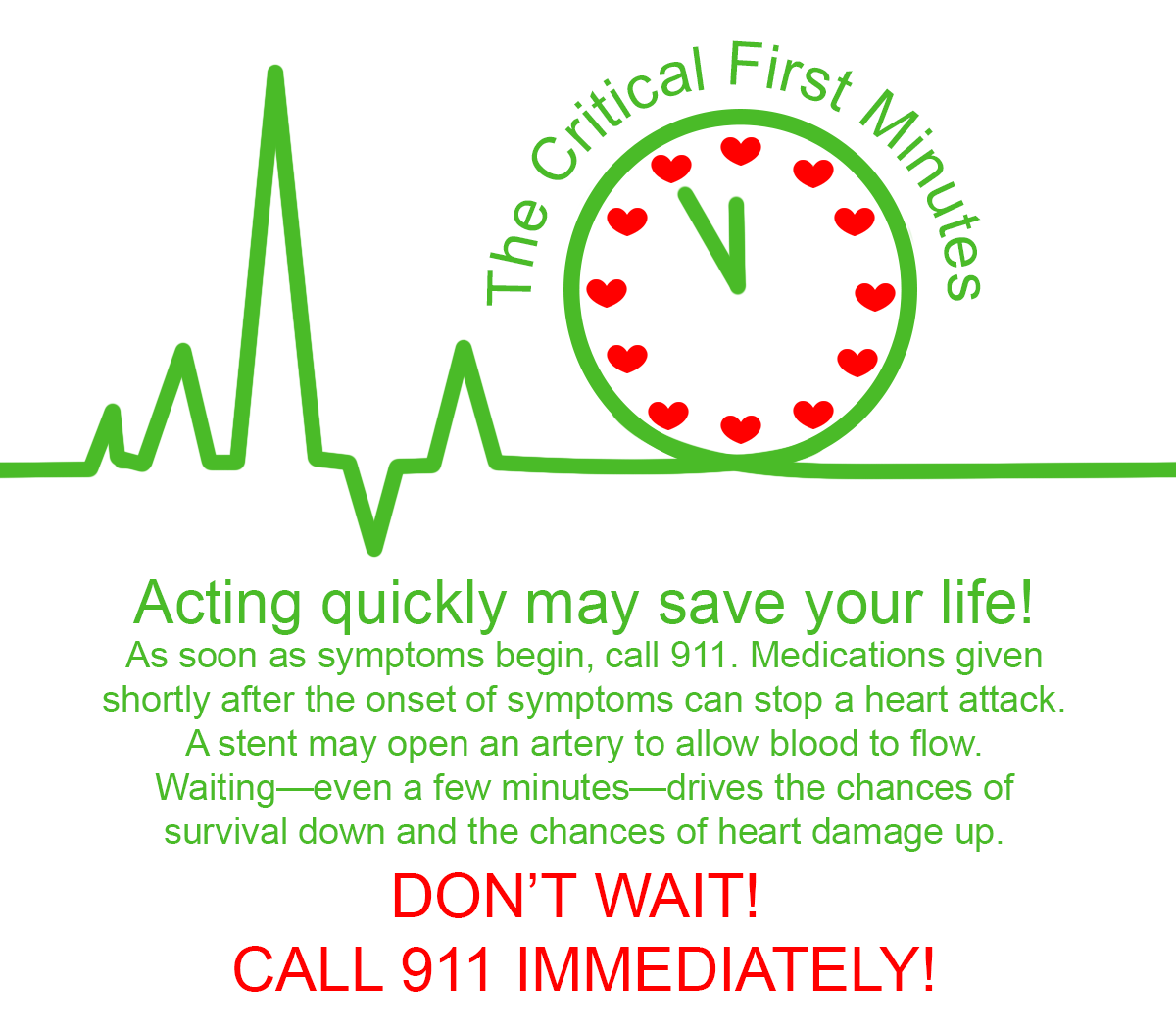By Susannah Wollman
Every 40 seconds, someone in the United States experiences a heart attack. Every. Forty. Seconds. Are you next?

According to the American Heart Association, 720,000 people each year have first-time heart attacks. Another 335,000 people suffer recurrent attacks. Heart disease is the leading killer in the US and fourteen percent of those who have a heart attack will die.

Infogram reflects statistics from the Department of Health and Human Services.1
You don’t have to be a statistic!
Women are just as likely as men to suffer a heart attack, and roughly half of women who have a heart attack will die within 5 years from heart disease, heart attack, or stroke as compared to men at 36%. In the first year alone, 26% of women who experience a heart attack will die from related heart disease and 19% of men will suffer the same fate.
But there is good news!
People who limit their risk factors reduce their chances of heart attack dramatically—by as much as 80%.2 The important things to know are what the risk factors are and the signs of a heart attack. Let’s look at both of them.
Risk factors.
If you have only one risk factor for heart disease, you’re twice as likely to have a heart attack as those without. Most of these factors are under your control.
Health factors.
- High blood pressure. Also called hypertension, this is a leading cause of coronary heart disease.
- High cholesterol. Having high cholesterol doubles your risk of heart disease.3
Diabetes. If you have diabetes, you are 2 to 4 times more likely to die from heart disease. - Depression. Having a depressive disorder or being depressed can increase your risk of heart disease by a whopping 64%.4
- Obesity. Obesity and being overweight can contribute to diabetes and high blood pressure, increasing your chances of developing heart disease.
- Your medical care provider can help you mitigate these factors.
Behavior factors.
- Smoking. Many studies link smoking to cancer, but it’s also related to heart disease. About 25% of deaths are caused by this risk factor.
Eating a poor diet. Ask your doctor for recommendations and follow his advice. - Not exercising. As people get older, they are more likely to be less physically active. Join a gym, walk, swim…whatever you enjoy doing, do more of it.
- Drinking excessive alcohol. Researchers warn that excessive use of alcohol contributes to heart disease.5
- These factors are within your control. If you need help to overcome bad behaviors, consult your doctor.
Signs of heart attack.
Immediate care is crucial to surviving heart attacks. The first few minutes are pivotal in the outcome. Most deaths from heart attack occur within the first hour after symptoms occur. Knowing what to look for in yourself or others can be the essential element to survival.
Symptoms of Heart Attack
IN MEN |
IN WOMEN |
|
|

What to do in event of a heart attack.
The most important thing to do is act quickly! Call 911 as soon as symptoms are noticed. Don’t try to drive yourself to the hospital unless there is no other alternative. Paramedics can start procedures while on the way to the hospital, administering drugs that are crucial in the first few moments. Never put off calling for help—a delay may mean heart damage or death.
If the person experiencing the attack has no allergies, chewing a baby aspirin will help it enter the bloodstream faster than swallowing it whole.
If breathing stops, someone qualified to do CPR should start immediately and continue until help arrives. If no one is qualified, the 911 dispatcher is trained to talk you through what to do until the ambulance gets there.

Be prepared.
Make a plan of what should happen if a heart attack occurs. Make sure your family knows what to do. This includes memorizing the signs of heart attack and calling 911 within 5 minutes. Keep a list of all your medications and allergies on your phone or in your wallet where it can be accessed if you pass out. Keep phone numbers of people to call if you are hospitalized. Arrange for your defendants to be looked after before a heart attack occurs.
You can also wear special jewelry that can alert the people around you of your medical condition(s) in case you are in a situation where you cannot verbally communicate it yourself. Check out these beautiful and stylish medical jewelry options from Lauren’s Hope Medical ID Jewelry here.
America’s ER is always open and the doctor is always in. Not just for heart attacks, but for all your routine and non-routine medical care. State-of-the-art facilities, cutting edge healthcare technology, experienced physicians and nurses, little or no wait times, close proximity to home, comprehensive care and ALL services conveniently offered 24/7/365. Take a look at our video!
[1] https://www.cdc.gov/nchs/data/hus/hus16.pdf#022
[2] Division for Heart Disease and Stroke Prevention At A Glance. (2019, May 25).
[3] Cholesterol Fact Sheet|Data & Statistics|DHDSP|CDC. (2015, April 30).
[4] Heart disease and depression: A two-way relationship. (n.d.).
[5] Alcohol Abuse Increases Risk of Heart Attack, Atrial Fibrillation and Heart Failure. (2020, January 6).

